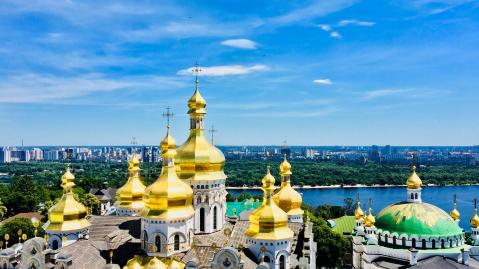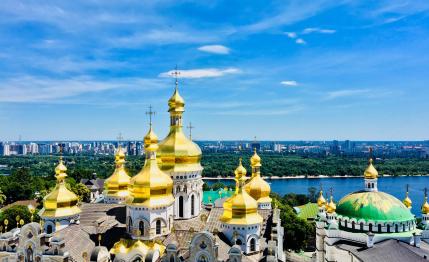
In late September 2015, the Ukraine Ministry of Environment published a draft concept (Ukrainian) for the implementation of a national emissions trading system (ETS) starting in 2017, which would aim to be ready to link with the European Union ETS (EU ETS) in 2019. The concept identifies emissions trading as the main national policy instrument to harness the low-carbon potential of Ukraine’s energy-intensive sectors by 2030. The ETS will also help Ukraine fulfill its international obligations with regard to emissions reductions, as well as revive carbon finance and investments into low-carbon and energy-efficient technologies.
The ambitious timeline outlined in the concept draft is based on the current requirements of the Association Agreement between Ukraine and the EU, which was signed in 2014. According to the implementation timeline, a national ETS should start in 2017. The draft concept suggests starting with a four-year pilot phase (2017-2020) without penalties for exceeding emission limits. In the first year of the pilot phase, it will only cover large installations (>50MW) in the power and heat generation, as well as the industrial processes sectors. From 2018, the system will expand to include small and medium-sized installations (20-50 MW). In the pilot phase, 90% of allowances will be allocated for free and the remaining 10% will be auctioned. A new entrants’ reserve will also be established. The national allocation plan will be further developed based on EU ETS methodologies and practices; however, these will be adjusted to suit national circumstances.
Due to the difficult economic situation in Ukraine, the ETS will aim for a ‘moderate and economically justified’ reduction in emissions intensity. However, the draft concept does not include an emissions reduction goal, which still needs to be developed.
As a first step, separate legislation must be passed to regulate greenhouse gas (GHG) emissions, enforce the ETS and transpose the relevant EU Directives.
Apart from the challenging timeline, the draft concept also flags several hurdles for the upcoming Ukrainian ETS, including homogenous abatement costs and the potential lack of liquidity due to the high market concentration in the energy and metallurgy sectors. Linking with the EU ETS, which is suggested by the draft concept for 2019, would help address these challenges. However, this is also contingent upon the readiness of the Ukrainian system. The draft concept and implementation plan now await approval by the Ukrainian Government.

